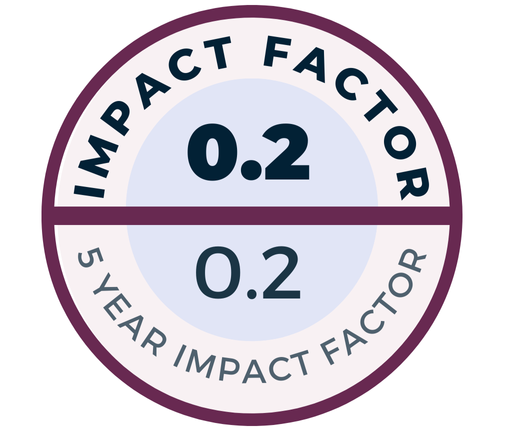Objective: In this prospective study, we investigated the serum vitamin D levels [serum 25(OH)D3 levels] in children with allergic rhinoconjunctivitis (ARC).
Methods: Sixty-one children with allergic rhinoconjunctivitis (study group) and 61 healthy children (control group) were included into the study. The children in the study group had an allergy against at least one active agent at skin-prick test; a total of 5 Symptoms Score (T5SS) was obtained for vitamin D [25(OH)D3] levels. Total eosinophil counts and total IgE measurement were performed.
Results: In ARC group, median of T5SS scores was 1.00 for each of the rhinorrhea, sneezing, nasal congestion and nasal pruritis items. In ARC group, total eosinophil count and total IgE values were also higher than the control group. In ARC group, familial atopy was higher, and sunlight exposure was lower than the control group. Serum 25(OH)D3 levels of the ARC group (median: 15.80 ng/ml) were significantly lower than the control group (18.40 ng/ml). Considering the vitamin D levels being as sufficient/or deficient; it was deficient in 80.3% of the children in the study group and in 57.4% of the children in the control group. In the study group, sunlight exposure was insufficient; and familial atopy was present. In children with sufficient sunlight exposure, serum 25(OH)D3 levels were detected as higher. In children with familial atopy, total IgE and total eosinophil counts also increased.
Conclusion: We concluded that vitamin D levels were lower in children with ARC. We recommend children to expose sunlight sufficiently to increase vitamin D levels; and therefore reduce the risk of allergic rhinoconjunctivitis.
Alerjik rinokonjonktivitli çocuklarda 25(OH)D3 düzeyleri
Amaç: Bu prospektif çal›flmada alerjik rinokonjonktivitli (ARK) çocuklarda serum D vitamini [serum 25(OH)D3 düzeyleri] düzeylerini araştırdık.
Yöntem: Alerjik rinokonjonktivitli 61 çocuk (çalışma grubu) ve 61 sağlıklı çocuk (kontrol grubu) çalışmaya dahil edildi. Çalışma grubu, deri iğneleme testinde en azından bir aktif etkene karşı alerjikti. D vitamini [25(OH)D3] düzeyleri için Toplam 5 Semptom Skoru (T5SS) elde edildi, total eozinofil sayımları ve total IgE ölçümleri yapıdı.
Bulgular: Alerjik rinokonjonktivit grubunda rinore, aksırma, nazal konjesyon ve nazal kaşıntı semptomlarının her biri için ortanca T5SS skoru 1.00 idi. ARK grubunda total eozinofil sayısı ve total IgE değerleri de kontrol grubuna göre daha yüksekti. Kontrol grubuna göre ARK grubunda ailevi atopi daha yüksek ve günefle maruziyet daha düşüktü. ARK grubunda serum 25(OH)D3 düzeyleri (ortanca: 15.80 ng/ml) kontrol grubuna göre anlamlı derece daha düşüktü (18.40 ng/ml). D vitamini düzeylerinin yeterli veya yetersiz olma durumu ele alındığında kontrol grubundaki çocukların %57.4’ü ve çal›flma grubundaki çocukların ise %80.3’ünde D vitamini eksikliği mevcuttu. Çalışma grubunda güneş ışınına maruziyet yeterli değildi ve ailevi atopi mevcuttu. Yeterince güneş ışını alan çocuklarda serum 25(OH)D3 düzeylerinin daha yüksek olduğu saptandı. Ailevi atopisi olan çocuklarda total IgE ve total eozinofil sayıları da artmıştı.
Sonuç: Alerjik rinokonjonktivitli çocuklarda D vitamini düzeylerinin daha düşük olduğu sonucuna vardık. D vitamini düzeylerini yükseltmek ve böylece ARK riskini azaltmak çin çocukların yeterince güneş ışını almasını öneriyoruz.

.jpeg)
